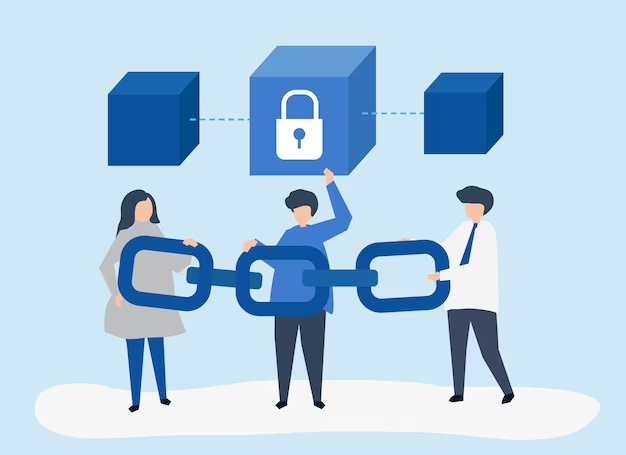Introduction
If your company is like many other organizations, your security is focused on protecting email, financial data, assets, and customer data. What if your biggest threats are in the virtual world and come from your suppliers and supply chain? What level is your supply chain cybersecurity at?
Global supply chains now must cope with a range of risks, from pirates off the coast of Africa and natural disasters to bad guys counterfeiting goods in transit. International supply chains are also jeopardized by violations of various countries' laws and corporate social responsibility policies.
Improving global supply chain security must be a key part of a company's strategy. With billions of dollars at stake, many companies are working to solve the problem. Some companies do supply chain redesign. And we advise you to use their services.
Reduced Theft
Every year, theft and fraud cause serious costs and delays for private companies and government-owned enterprises. The steady increase in global trade also means that traditional border security methods, such as random quality checks, are of limited effectiveness.
At the same time, all businesses are forced to do more, but with less cost, because consumers do not need expensive goods. And in this environment, it is necessary to improve the security of the supply chain, making it effective, but not burdensome.
The Path to Cybersecurity
Optimizing cybersecurity requires constant trade-offs and this is an area that attackers can exploit: If security teams are focused on protecting email, financial data, and customer data, less attention will be paid to the security of your suppliers and supply chain. Supply chain attacks are especially dangerous because, if successful, they provide access to hundreds or even thousands of companies. The company spends up to 85% of its cash through its supply chain management division.
What else to protect if not this part? A breach can be difficult to recognize because risk management strategies often do not address the security of supply chain partners. The Target example, in particular, shows that protecting PCs and mobile devices is no longer enough.
Expensive?
If your supply chain cybersecurity budget is stretched, collaborating with industry peers can help. Associations and cloud providers that respond to supply chain attacks by pooling incident data through data exchanges may be a good way to go. Naturally, there is some sensitivity around sharing threat information and disclosing successful attacks (who wants to share failures?).
Fortunately, there is a solution for this too; companies can share trade-off indicators without attribution (i.e., do not share any “passwords and appearances”). This anonymous data sharing is similar to medical databases that aggregate patient data for researchers and clinicians, without recording or sharing personal information.
About the important
The following few factors show how complex supply chain operations have become and why supply chain cybersecurity is so important.
Trade volumes between countries with developing economies are growing. The global supply chain is growing, and much of it is in developing countries. According to the World Trade Organization, so-called “South-South” trade is growing faster than trade between developed and developing countries. This trend points to the need to improve supply chain cybersecurity outside of traditional markets. Relying on employees at remote headquarters and offices to manage emerging supply chain security risks is becoming increasingly difficult and in remote regions, even impossible.
The market for supply chain software is also expanding. Typically, the toolkit consists of a combination of products from large players such as SAP and Oracle, and numerous specialized small companies developing software in the supply chain. These applications enable supply chain management efficiency by connecting players across industries and sizes. Information flows into a single, centralized repository, known as a database, from which users may then extract data for flow management, design, and optimization.
It is this "Fort Knox" that requires the most protection since, once you have obtained information, you may learn all of the company's facts, including private ones, and infecting such a device might entirely stop the activity of a multinational firm.
Shipping is dominated by China. According to the World Shipping Council, six of the ten largest container ports are in China. Addressing the unique challenges and opportunities of Chinese ports and supply chain participants remains a top priority. Organizations that rely on Chinese suppliers will also need to pay close attention to supply chain cybersecurity threats in China.
Conclusion
The issue of supply chain cybersecurity is large and diverse, and it provides exciting opportunities for those who deal with it since, given the rate at which data arises in our society, there will always be something or someone compromising data security. You may either actively engage in supply chain cybersecurity or wait until an issue occurs. We insist that this be done right now.
